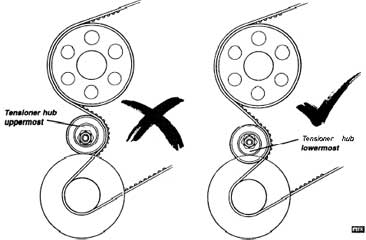FurryOnTheInside
In Memoriam
Yep, the US Dollar is darn strong right now, very handy for me when I am buying parts overseas but not so good for you.
Well, I was talking about the weak £ against every currency since the news that we're leaving the EU. If I was buying the American parts right now it would add maybe 15% or something to the parts cost; but it doesn't matter because it'll take me a while yet to save up for all the sick Sick Bike Parts and the cool cylinder head, and the currency will recover in time.
Anyway, the topic. Cheap and nasty kits.. I hope that someone will start importing Grubee engine kits into the UK or Europe because at the moment the standard here seems to be the cheapest unbranded Crappy Time. This side of the Atlantic is like being back in the time of the earliest posts on this forum, maybe worse. There is just one company I have been able to find offering what they claim to be a better engine kit (they call it the GT4, but not a Grubee ??) but they're charging three times as much as the other kits and the product appears to have not changed at all in the last three years.
What it means to me is that I really have to go all out to learn and apply the best of the modifications and fixes for these cheap engines that have been generously shared in the forums, and build a vehicle that utilises the few strengths and avoids the many pitfalls of these worst cheapest engine kits.


